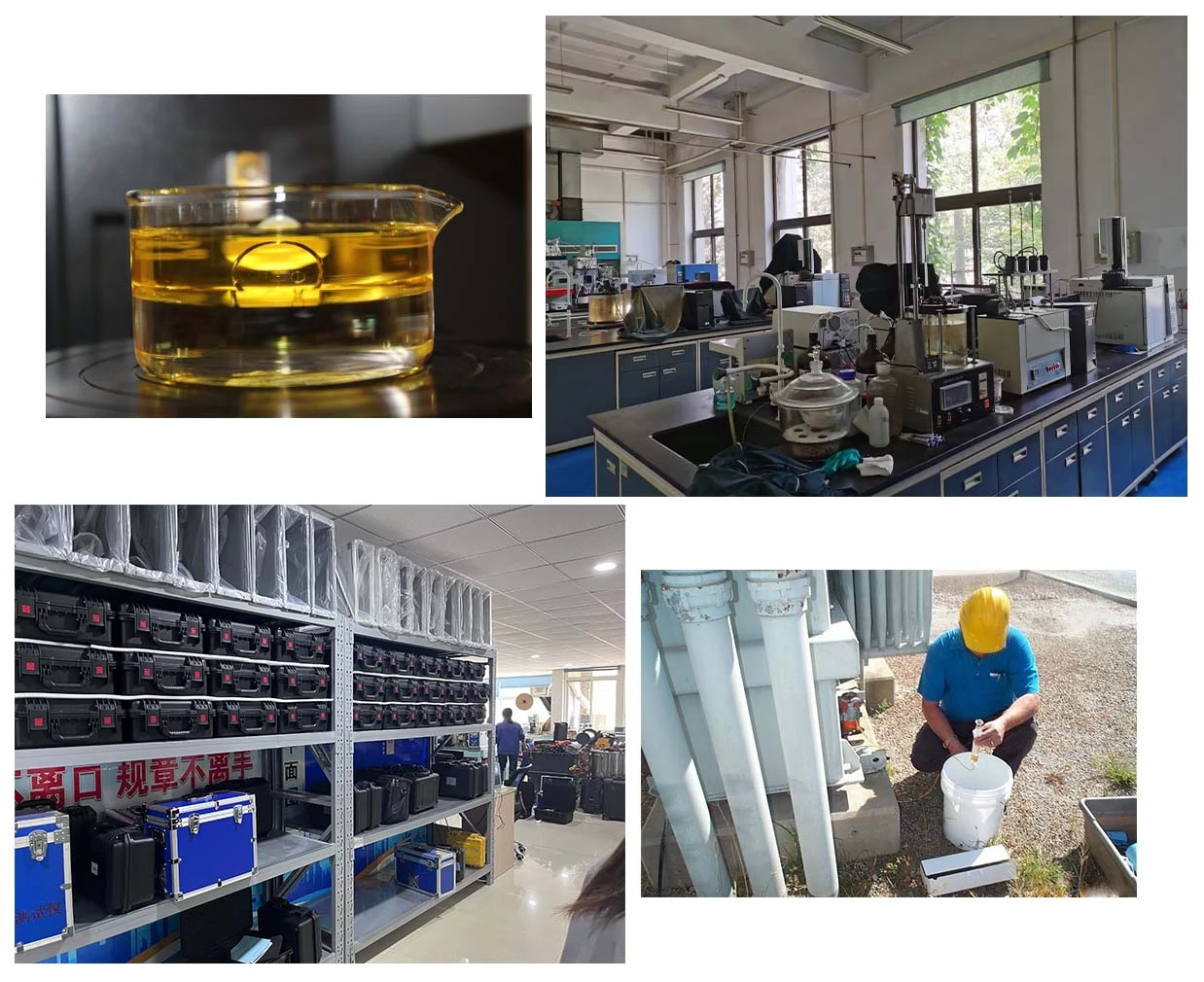TEL:
+86-0312-3189593
 English
English

Telephone:0312-3189593

Email:sales@oil-tester.com

-
 Afrikaans
Afrikaans -
 Albanian
Albanian -
 Amharic
Amharic -
 Arabic
Arabic -
 Armenian
Armenian -
 Azerbaijani
Azerbaijani -
 Basque
Basque -
 Belarusian
Belarusian -
 Bengali
Bengali -
 Bosnian
Bosnian -
 Bulgarian
Bulgarian -
 Catalan
Catalan -
 Cebuano
Cebuano -
 China
China -
 China (Taiwan)
China (Taiwan) -
 Corsican
Corsican -
 Croatian
Croatian -
 Czech
Czech -
 Danish
Danish -
 Dutch
Dutch -
 English
English -
 Esperanto
Esperanto -
 Estonian
Estonian -
 Finnish
Finnish -
 French
French -
 Frisian
Frisian -
 Galician
Galician -
 Georgian
Georgian -
 German
German -
 Greek
Greek -
 Gujarati
Gujarati -
 Haitian Creole
Haitian Creole -
 hausa
hausa -
 hawaiian
hawaiian -
 Hebrew
Hebrew -
 Hindi
Hindi -
 Miao
Miao -
 Hungarian
Hungarian -
 Icelandic
Icelandic -
 igbo
igbo -
 Indonesian
Indonesian -
 irish
irish -
 Italian
Italian -
 Japanese
Japanese -
 Javanese
Javanese -
 Kannada
Kannada -
 kazakh
kazakh -
 Khmer
Khmer -
 Rwandese
Rwandese -
 Korean
Korean -
 Kurdish
Kurdish -
 Kyrgyz
Kyrgyz -
 Lao
Lao -
 Latin
Latin -
 Latvian
Latvian -
 Lithuanian
Lithuanian -
 Luxembourgish
Luxembourgish -
 Macedonian
Macedonian -
 Malgashi
Malgashi -
 Malay
Malay -
 Malayalam
Malayalam -
 Maltese
Maltese -
 Maori
Maori -
 Marathi
Marathi -
 Mongolian
Mongolian -
 Myanmar
Myanmar -
 Nepali
Nepali -
 Norwegian
Norwegian -
 Norwegian
Norwegian -
 Occitan
Occitan -
 Pashto
Pashto -
 Persian
Persian -
 Polish
Polish -
 Portuguese
Portuguese -
 Punjabi
Punjabi -
 Romanian
Romanian -
 Russian
Russian -
 Samoan
Samoan -
 Scottish Gaelic
Scottish Gaelic -
 Serbian
Serbian -
 Sesotho
Sesotho -
 Shona
Shona -
 Sindhi
Sindhi -
 Sinhala
Sinhala -
 Slovak
Slovak -
 Slovenian
Slovenian -
 Somali
Somali -
 Spanish
Spanish -
 Sundanese
Sundanese -
 Swahili
Swahili -
 Swedish
Swedish -
 Tagalog
Tagalog -
 Tajik
Tajik -
 Tamil
Tamil -
 Tatar
Tatar -
 Telugu
Telugu -
 Thai
Thai -
 Turkish
Turkish -
 Turkmen
Turkmen -
 Ukrainian
Ukrainian -
 Urdu
Urdu -
 Uighur
Uighur -
 Uzbek
Uzbek -
 Vietnamese
Vietnamese -
 Welsh
Welsh -
 Bantu
Bantu -
 Yiddish
Yiddish -
 Yoruba
Yoruba -
 Zulu
Zulu
лют . 01, 2025 02:41
Back to list
breakdown voltage test on power transformer oil
The bushing power factor test is a critical procedure in the maintenance and operation of high-voltage equipment. This test assesses the insulation condition of bushings, an often overlooked yet crucial component in transformers and other electrical installations. As an experienced SEO specialist focusing on product enhancement, it is essential to share insights gathered from field encounters, technical expertise, and industry authority to highlight both the importance and process of this assessment, all while ensuring reliable and trustworthy content for our audience.
With the dependable methodology of this test, it is critical for manufacturing and maintenance teams to adhere to a strict testing regimen. Insurers and industry standards increasingly recommend periodic evaluations to ensure consistent equipment reliability. From an authoritative perspective, the IEEE has set forth guidelines for testing intervals and acceptable power factor limits to standardize practices across the industry. Observing these protocols is pivotal in fostering trust and reliability not only within the equipment but also across stakeholders reliant on these infrastructures. Building trustworthiness extends beyond mere procedural compliance; it involves transparent reporting and actionable insights. When test results are communicated effectively and clearly, decision-makers can appreciate their significance, taking informed actions that enhance operational longevity and safety. By cultivating a culture of transparency and detailed reporting, stakeholders are empowered to leverage this data in refining maintenance strategies and reinforcing operational integrity. In conclusion, the bushing power factor test epitomizes a sophisticated blend of engineering precision and strategic foresight. Through shared real-world experiences, technical expertise, adherence to authoritative guidelines, and a transparent approach to data reporting, power sector professionals can appreciate and implement this test as a cornerstone of effective equipment maintenance programs. Such commitment not only safeguards infrastructure but also fortifies the trust and confidence essential to sustained industrial success.


With the dependable methodology of this test, it is critical for manufacturing and maintenance teams to adhere to a strict testing regimen. Insurers and industry standards increasingly recommend periodic evaluations to ensure consistent equipment reliability. From an authoritative perspective, the IEEE has set forth guidelines for testing intervals and acceptable power factor limits to standardize practices across the industry. Observing these protocols is pivotal in fostering trust and reliability not only within the equipment but also across stakeholders reliant on these infrastructures. Building trustworthiness extends beyond mere procedural compliance; it involves transparent reporting and actionable insights. When test results are communicated effectively and clearly, decision-makers can appreciate their significance, taking informed actions that enhance operational longevity and safety. By cultivating a culture of transparency and detailed reporting, stakeholders are empowered to leverage this data in refining maintenance strategies and reinforcing operational integrity. In conclusion, the bushing power factor test epitomizes a sophisticated blend of engineering precision and strategic foresight. Through shared real-world experiences, technical expertise, adherence to authoritative guidelines, and a transparent approach to data reporting, power sector professionals can appreciate and implement this test as a cornerstone of effective equipment maintenance programs. Such commitment not only safeguards infrastructure but also fortifies the trust and confidence essential to sustained industrial success.
Next:
Latest news
-
Testing Equipment Industry Sees Major Advancements in 2025: Smart & Precision Technologies Lead the WayNewsJun.06,2025
-
Applications of Direct Current Generators in Renewable Energy SystemsNewsJun.05,2025
-
Hipot Tester Calibration and Accuracy GuidelinesNewsJun.05,2025
-
Digital Circuit Breaker Analyzer Features and BenefitsNewsJun.05,2025
-
Benefits of Real-Time Power Quality Monitoring Devices for Industrial EfficiencyNewsJun.05,2025
-
Earth Fault Loop Testing in High-Rise Building Electrical SystemsNewsJun.05,2025



